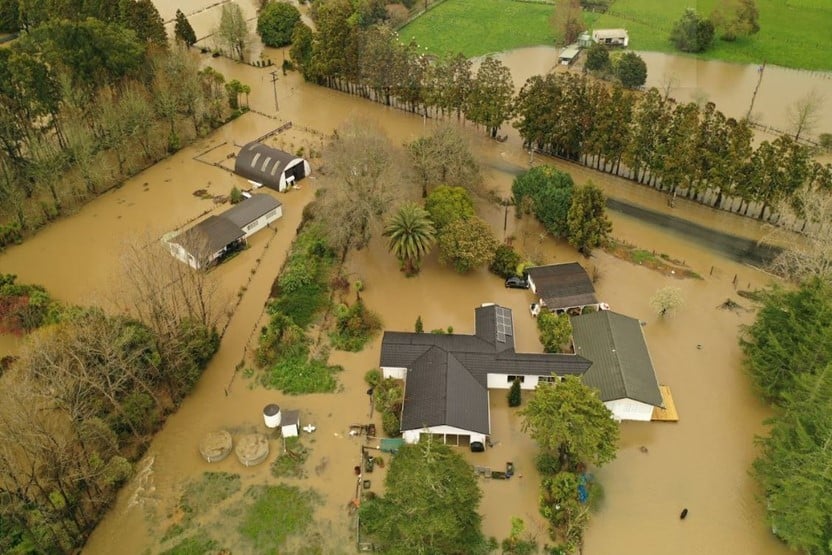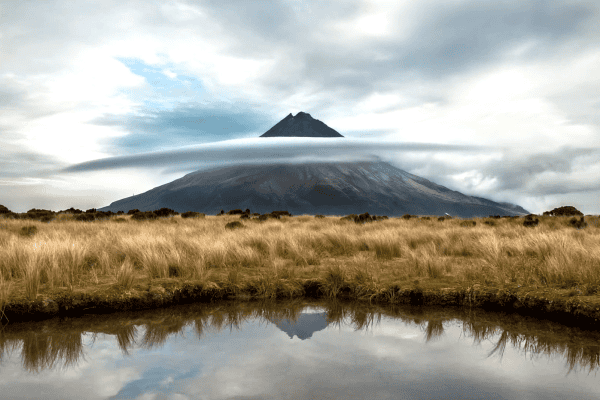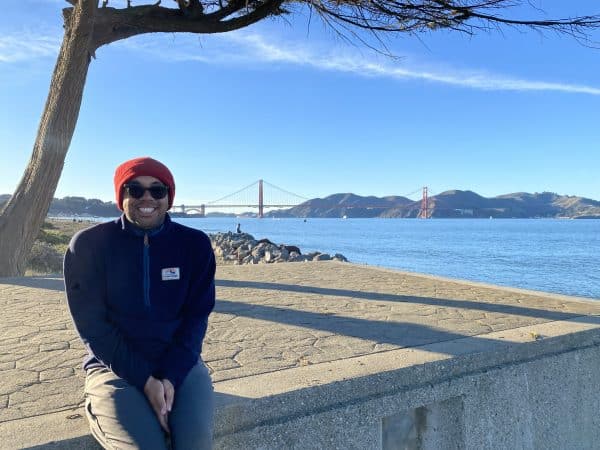The impacts of Cyclones Hale and Gabrielle caught many communities off guard, but for some these were just the latest in a series of extreme weather events that have caused landslides and floodwaters to inundate their roads, businesses, and homes.
“Many people are still recovering,” says Anna-Kay Spaulding Agbenyegah, a PhD candidate at Massey University who is investigating recovery of the West Auckland communities of Henderson Valley and Kumeū-Huapai following a flood event in August 2021. When Anna-Kay first visited these communities in July 2022, debris from the 2021 event was still present along the riverbanks and floodplain.
“In Henderson Valley, the local community doesn’t have the resources they need to remove large debris from their properties or from roads,” Anna-Kay says. “They can source some equipment themselves, but not many people have the training or skills to use big machinery.”
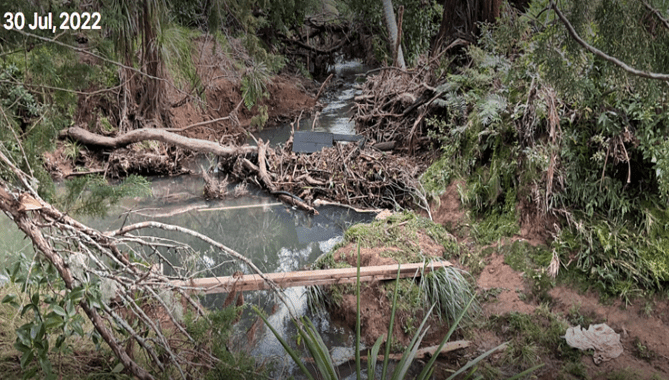
Having people with appropriate experience and qualifications, ready to respond to hazardous events is a key challenge for many communities.
“It’s a challenge that requires training and investment. So does developing a recovery plan and making sure that it reaches everyone in the community and that everyone is on the same page.”
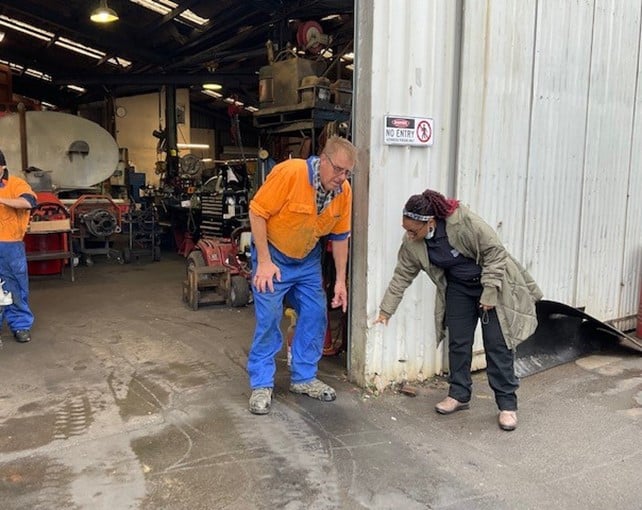
Many people believe more needs to be done by authorities, like removing flood debris from rivers, but Anna-Kay says this is a particularly “tricky situation” because current legislation says it is the landowners’ responsibility to clear waterways on private land, not authorities.
“So, there also needs to be a lot of education and training in the community so people know who is responsible for what and where they can get help if they don’t have the skills and resources they need. Poor communication between disaster-affected communities and agencies is a key problem that needs to be addressed.”
Another factor influencing how quickly communities recover from flooding is their own social dynamics. In contrast to the small, semi-rural, and valley-confined community of Henderson Valley, the more affluent community of Kumeū-Huapai is situated on a peri-urban floodplain and is growing fast. Consequently, the social networks within Kumeū-Huapai are not so well established.
“Both communities have high community group involvement, but Henderson Valley is more knowledgeable about floods and has higher social capital than Kumeū-Huapai. The Henderson Valley community members are more connected with each other and so they recover faster.”
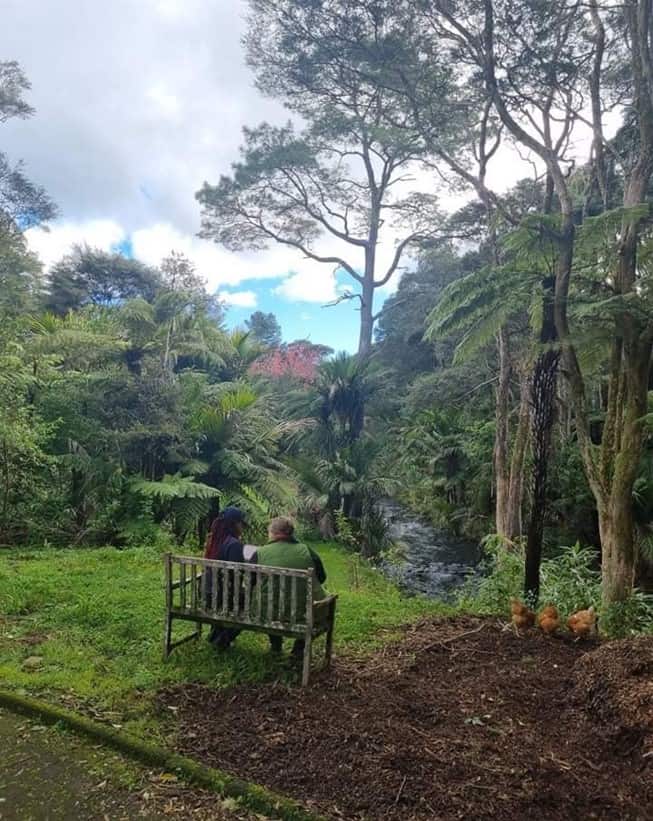
However, no matter how quickly communities can recover, the increasing frequency and magnitude of high-impact weather events means many communities are entering near-permanent states of recovery, unable to get “back to normal” before being hit by another event. This leaves them more vulnerable to hazards like floods but is also inspiring many community members to become more proactive.
“Both Kumeū-Huapai and Henderson Valley have learned lessons from the August 2021 floods which taught them how to respond better to the recent floods. They did things like moving possessions to higher ground and vacating at-risk properties, staying with family or friends until after the waters receded.”
In addition, in response to Cyclones Hale and Gabrielle, community groups were set up to provide food and sandbags pre-event, and clothing for flood victims. Both communities also had very active social media pages that were an invaluable source of information for people before, during and after the events.
Anna-Kay says Henderson Valley is particularly proactive; having already established a volunteer Emergency Management group and active Facebook page, their key learning from the August 2021 floods was to do well-being checks in the weeks following the recent floods.
“The community members mentioned that even though the 2021 event took place during the COVID-19 lockdown, better follow-ups could have been done with residents whose homes were red-stickered. So, this time the Henderson Valley Residents’ Association followed up on neighbours and went door-knocking to check on people’s well-being.”
Through her PhD, Anna-Kay hopes to take these and other lessons and use them to help communities develop their own community-specific recovery plans that address the short-, medium- and long-term phases of recovery. “While many people talk about recovery in the short and medium-term, not many speak about long-term recovery. I hope this PhD will help communities focus more on recovery beyond the short-term phase.”
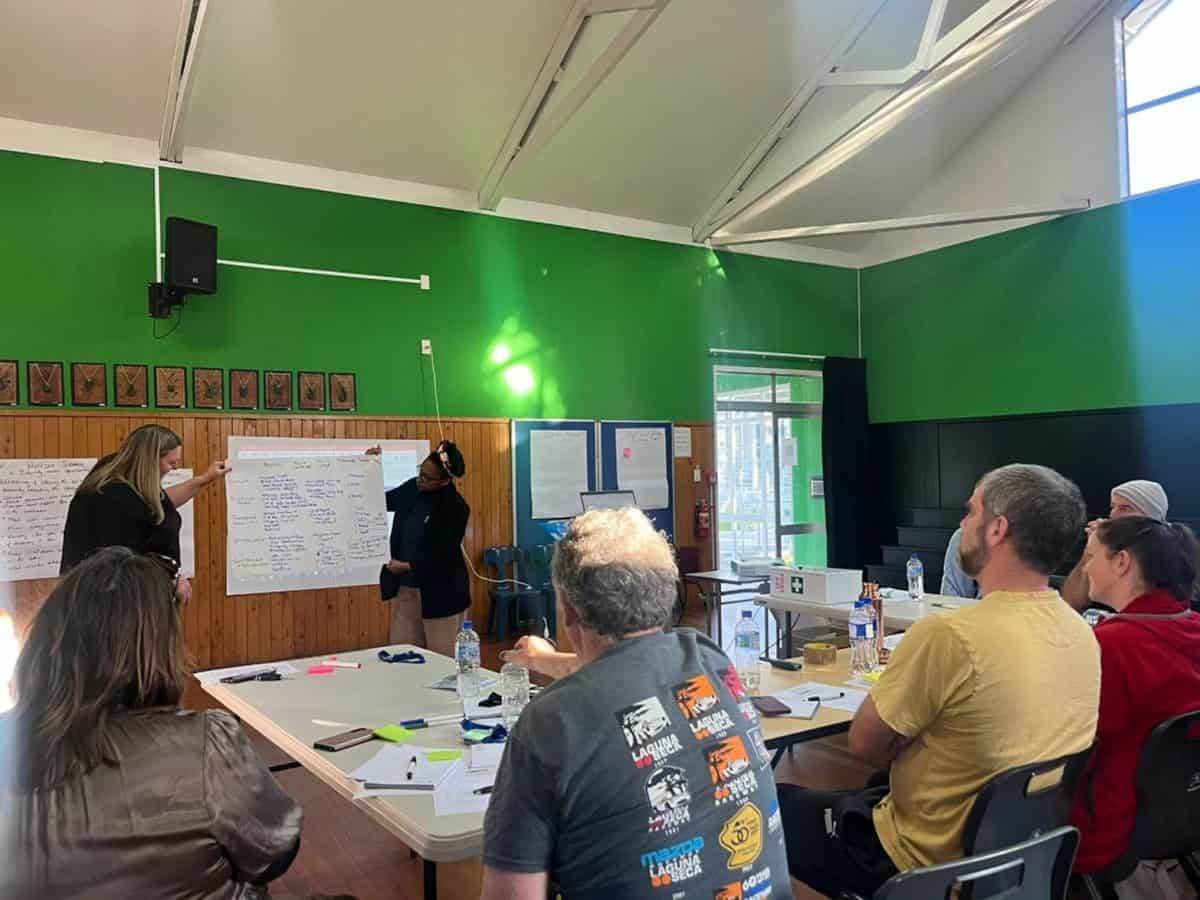
While Anna-Kay’s research focuses on the August 2021 flood event in Kumeū-Huapai and Henderson Valley, she says there are things all communities can do to prepare for and promote better recovery from high-impact weather events.
“Have an effective alert system and mitigation measures in place, and a community emergency management group that has key connections in the area, including engagement with council and community members.”
However, she says the number-one factor influencing how well and how quickly communities recover from disasters is community spirit.
“Communities with high social capital recover faster,” Anna Kay says. “This means having good community spirit, knowing your neighbours and their contact information, and getting involved in community groups.”
Anna-kay’s Ph.D. scholarship is funded by the National Science Challenge and would like to acknowledge the tremendous support she has received from her supervisors:
Professor Suzanne Wilkinson, School of the Built Environment, Massey University, Albany, Auckland, New Zealand; Email:
Professor Regan Potangaroa, Massey University, Albany, Auckland, New Zealand; Email:
Dr Julia S. Becker, Joint Centre for Disaster Research, Massey University, Wellington, New Zealand; Email:
Dr Vivienne Ivory, WSP, Wellington, New Zealand; Email:
Dr SR Uma, GNS Science, Wellington, New Zealand; Email:
